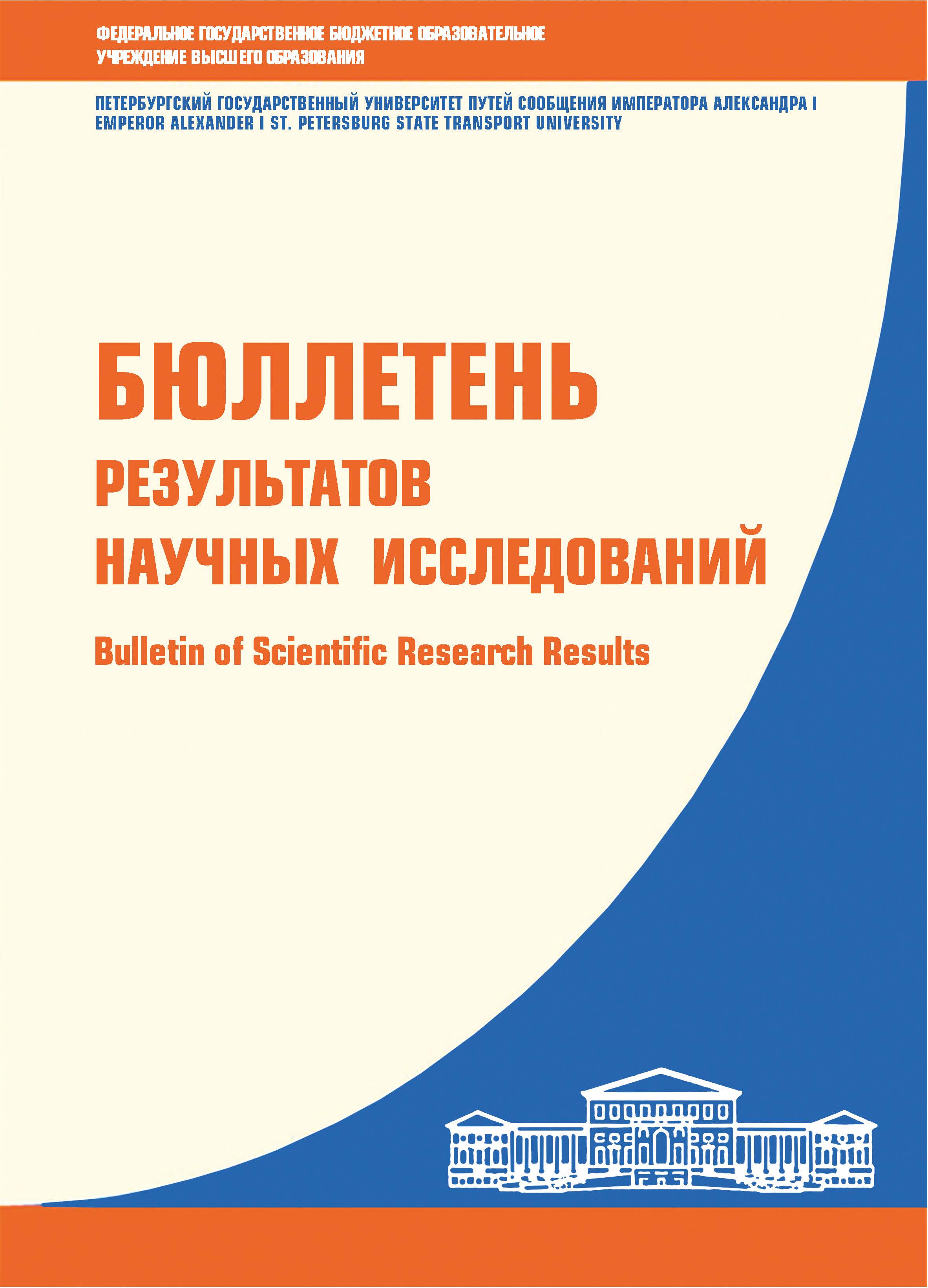Russian Federation
Russian Federation
Russian Federation
Purpose: To analyze the feasibility of integrating the energy storage system into diesel trains, to determine its technical parameters, and to evaluate its energy efficiency. Additionally, to identify further research areas in this field aimed at improving the energy efficiency of railway transport, reducing operational costs, and minimizing environmental impact. Methods: The specific features of the Zelenogorsk-Vyborg line including gradients, curves and speed limits were investigated to assess the potential for energy recovery during train braking and idling. A Simulink-based mathematical model was built using the basic equations of the energy balance in the locomotive diesel drive. The model includes such factors as traction engine power, transmission characteristics, train weight and track profile. Results: The study has determined the capacity of the energy storage system required for energy recovery during braking and idling periods. The integration of the energy storage system will optimize the diesel generator operation, reduce peak loads, and improve acceleration performance, particularly, on difficult route sections. Practical significance: The study provides a theoretical foundation for applying the energy storage system in diesel rolling stock. The proposed system enhances the energy efficiency of diesel trains by recovering and reusing energy. Improved energy efficiency and reduced wear of the diesel engine lead to lower operational and maintenance costs. The system ensures smoother acceleration and braking enhancing passenger comfort, especially on routes with variable terrain. Similar technologies have already been successfully implemented in electric trains and hybrid vehicles confirming their effectiveness in reducing energy consumption and improving environmental performance.
Energy storage, road-rail bus, battery, diesel train, energy efficiency, electrical equipment modelling
1. Kolpahch'yan P. G. Osobennosti proektirovaniya kontaktno-akkumulyatornogo manevrovogo elektrovoza / P. G. Kolpahch'yan, A. M. Evstaf'ev, V. V. Nikitin i dr. // Elektrotehnika. — 2021. — № 10. — S. 15–20.
2. Obuhov M. Yu. Primenenie gibridnogo motor-vagonnogo podvizhnogo sostava s nakopitelyami energii v prigorodnom soobschenii / M. Yu. Obuhov, I. P. Vikulov // Elektrifikaciya, razvitie elektroenergeticheskoy infrastruktury i elektricheskogo podvizhnogo sostava skorostnogo i vysokoskorostnogo zheleznodorozhnogo transporta: materialy VIII Mezhdunarodnogo simpoziuma «Eltrans-2015», Sankt-Peterburg, 07–09 oktyabrya 2015 goda. — CPb.: Peterburgskiy gosudarstvennyy universitet putey soobscheniya Imperatora Aleksandra I, 2017. — S. 336–343.
3. Zarif'yan A. A. Mirovoy opyt v gibridnom lokomotivostroenii / A. A. Zarif'yan, T. Z. Talahadze, N. V. Romanchenko i dr. // Trudy Rostovskogo gosudarstvennogo universiteta putey soobscheniya. — 2016. — № 3(36). — S. 54–59.
4. Zarif'yan A. A. Obzor konstrukciy tyagovogo podvizhnogo sostava, osnaschennyh gibridnym tyagovym privodom / A. A. Zarif'yan, T. Z. Talahadze // Sbornik nauchnyh trudov «Transport: nauka, obrazovanie, pro-izvodstvo». T. 1. Tehnicheskie nauki. — Rostov-na-Donu: RGUPS, 2017. — S. 136–139.
5. Talahadze T. Z. Primenenie gibridnyh tehnologiy na elektropodvizhnom sostave / T. Z. Talahadze, N. V. Romanchenko, A. A. Zarif'yan i dr. // Trudy Rostovskogo gosudarstvennogo universiteta putey soobscheniya. — 2019. — № 4(49). — S. 111–114.
6. Andryuschenko A. A. Asinhronnyy tyagovyy privod lokomotivov / A. A. Andryuschenko, Yu. V. Babkov i dr. — M.: UMC ZhDT, 2013. — 413 s.
7. Yakushev A. Ya. Opredelenie osnovnyh parametrov asinhronnogo tyagovogo elektrodvigatelya / A. Ya. Yakushev, T. M. Nazirhonov, I. P. Vikulov i dr. // Izvestiya Peterburgskogo universiteta putey soobscheniya. — 2019. — № 4. — URL: https://cyberleninka.ru/article/n/opredelenie- osnovnyh-parametrov-asinhronnogo-tyagovogo-elektrodvigatelya.
8. Ballois Le S. An experimental setup to study a hybrid drive train for a shunting locomotive / S. Le Ballois, T. Talakhadze, L. Vido et al. // 11th International Conference on Ecological Vehicles and Renewable Energies (EV-ER2016), April 6–8, 2016, Monte-Carlo (Monaco). Publisher: Institute of Electrical and Electronics Engineers Inc. — DOI:https://doi.org/10.1109/EVER.2016.7476355.
9. Kolpakhchyan P. G. The determination of the asynchronous traction motor characteristics of locomotive / P. G. Kolpakhchyan, A. R. Shaikhiev, A. E. Kochin et al. // Advances in Electrical and Electronic Engineering. — 2017. — Vol. 15. — Iss. 2. — Pp. 130–135.
10. Kolpakhchyan P. Systems approach to the analysis of electromechanical processes in the asynchronous traction drive of an electric locomotive / P. Kolpakhchyan, A. Zarifian, A. Andruschenko // Studies in Systems, Decision and Control. — 2017. — Vol. 87. — Pp. 67–134. — DOI:https://doi.org/10.1007/978- 3-319-51502-1_3.









